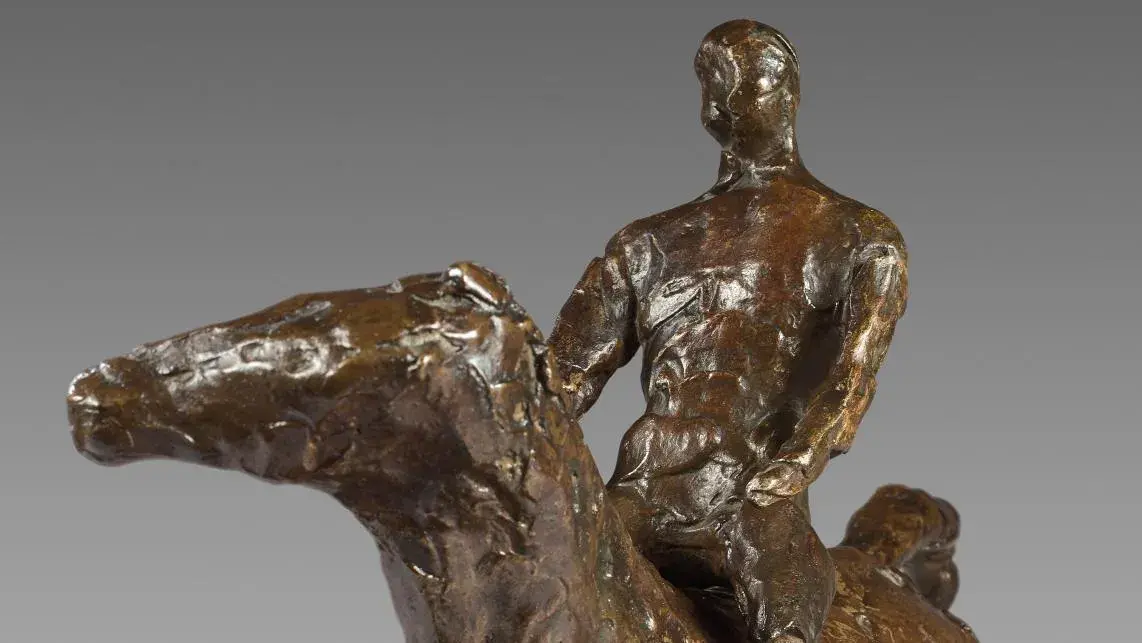Degas’ Bronzes: Horses, Dancers and Sculpture
Published on

The dispersal of a group of posthumous bronzes recounts the artist's quest for movement in a few rare pieces. Edgar Degas (1834-1917), Cheval au galop tournant la tête à droite, les pieds ne touchant pas le sol et Jockey monté sur le cheval, 2 proofs patinated bronze, the horse (h. 24.8 cm/9.76 in) signed and numbered, 32/Q, lost wax A.A Hébrard, the jockey (h. 19.5 cm/7.67 in), numbered 36/Q, h. total 36.5 cm/14.37 in.Estimate: €100,000/150,000 Paul Valéry was perhaps the first to see the analogy between Edgar Degas's horse and dancer motifs. In his book Degas, danse, dessin, published in 1937, twenty years after the









